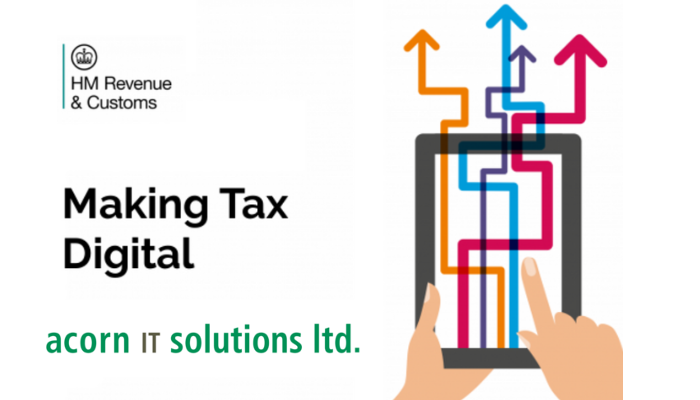Making Tax Digital (MTD) is one of the biggest accounting shake-ups ever seen in the UK. Is your business prepared for it?
Making Tax Digital is HMRC’s strategy to modernise the UK tax system, making it fully automated, digital and online based. The new legislation mandates that VAT registered businesses with a taxable turnover above the VAT registration threshold of £85,000 must from the 1st April 2019:
- Keep records in a digital form
- File their VAT returns via MTD enabled software
89% of UK businesses will need to change the way they process tax. Is your business prepared for it?
Making Tax Digital Checklist:
1. Figure out if your business will be impacted by MTD for VAT:
If your business is VAT-registered, with a turnover above the VAT threshold (£85,000) then Making Tax Digital for VAT will be required within your business. Digital record keeping will be required so you will have to ensure that VAT information is kept in an MTD compliant manner that can be “digitally linked”. A digital link allows data to be imported/exported between programs without the need for manual intervention. The level of impact will depend on your current accounting software within the business. In some cases, it may be as simple as feature updates whereas manual record keeping such as Excel will have to be replaced with a software-driven approach for recording VAT details and filing VAT returns.
2. Work out which business processes need to be adapted for MTD for VAT:
You should look at all your processes that revolve around generating your VAT return and confirm what activities need to be changed to become MTD compliant. Some key areas that should be analysed should concern how you raise sales invoices and capture expenses, whether you use a cash accounting scheme or if it is invoice-based and decide what other areas of your VAT accounting are still paper-based or exist outside of your accounting software.
3. Ensure you have “functional compatible software” for MTD for VAT:
MTD enabled software is a software program or set of compatible programs that must be able to; record and preserve VAT records in an digital form, provide to HMRC information and returns from the electronic records in an electronic form and by using the HMRC Application Programme Interface (API), and lastly to receive information from HMRC. If you’re using desktop accounting software then you will probably need to update it for MTD and if you’re using a cloud accounting software package then it should update automatically for MTD. If you are using Sage 200 or Sage 50, you will need to ensure it is on the latest version or may need to purchase the additional making Tax Digital module.
4. Work out when to switch to MTD for VAT:
If you haven’t already done so, we recommend that you switch as soon as possible to ensure your MTD software will be able to be implemented with as little disruption as possible. This may require training on how to use the MTD software or may involve an accountant, so it is advisable to ensure that your business is MTD compliant well before the upcoming 1st April 2019 deadline.


